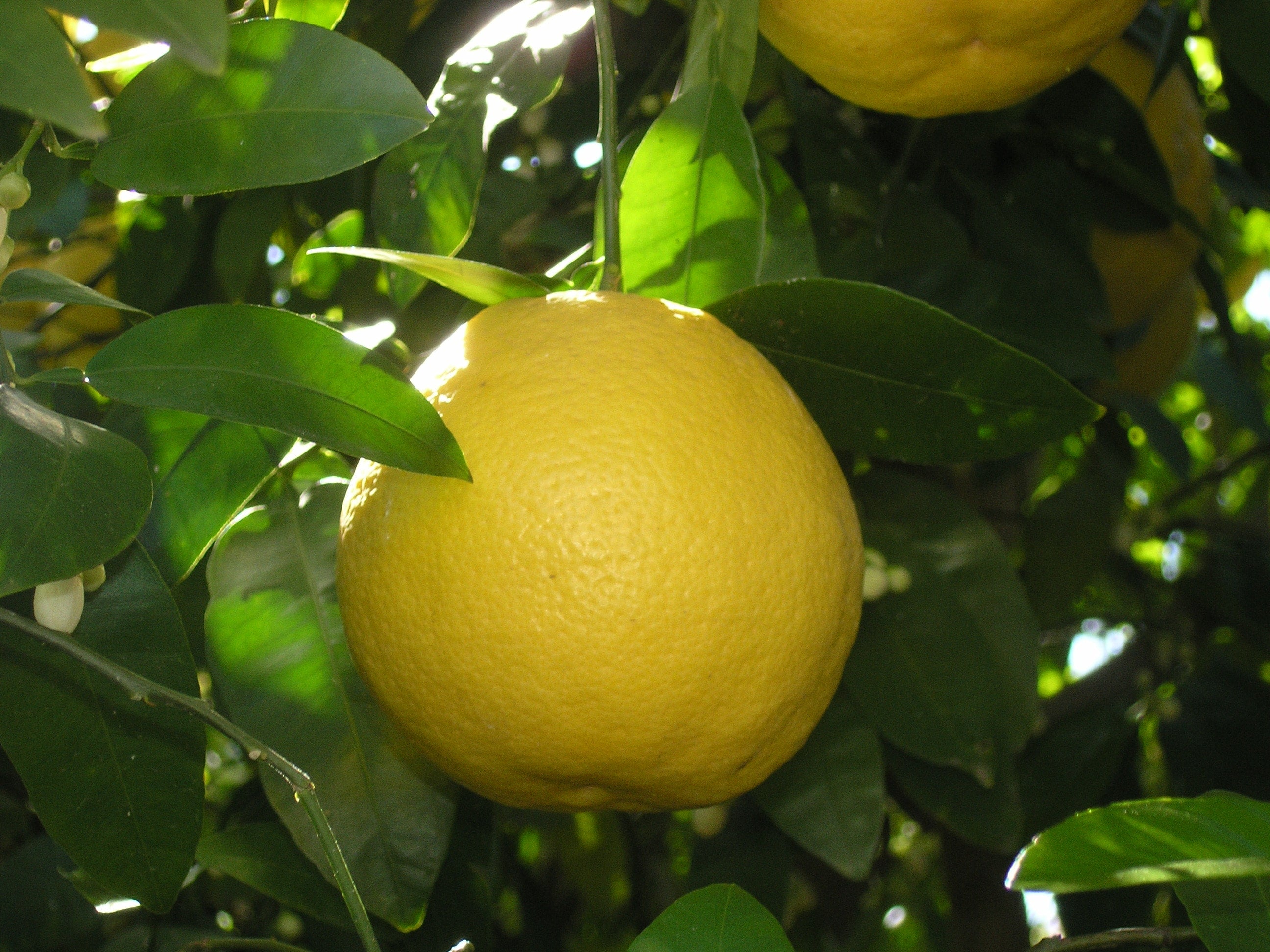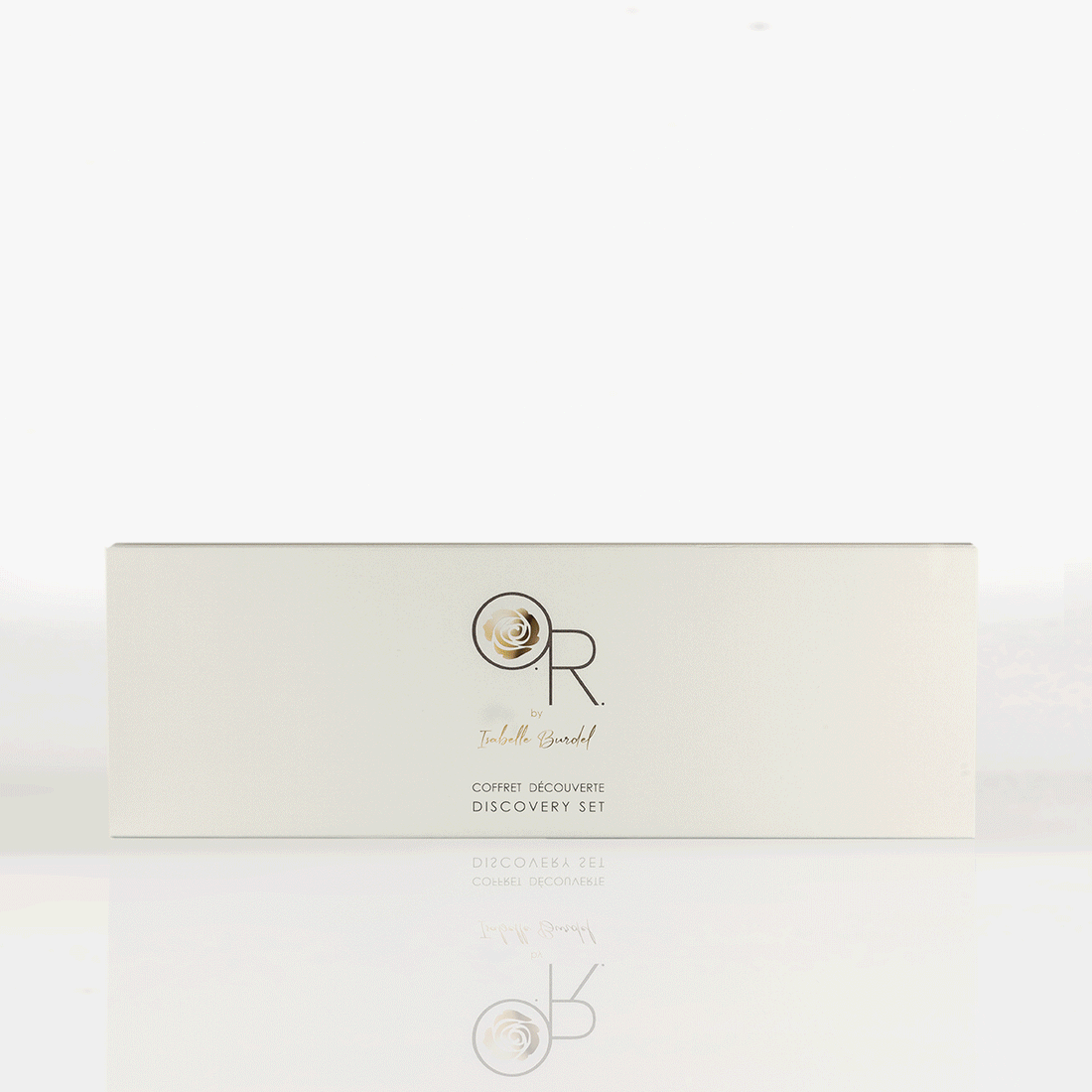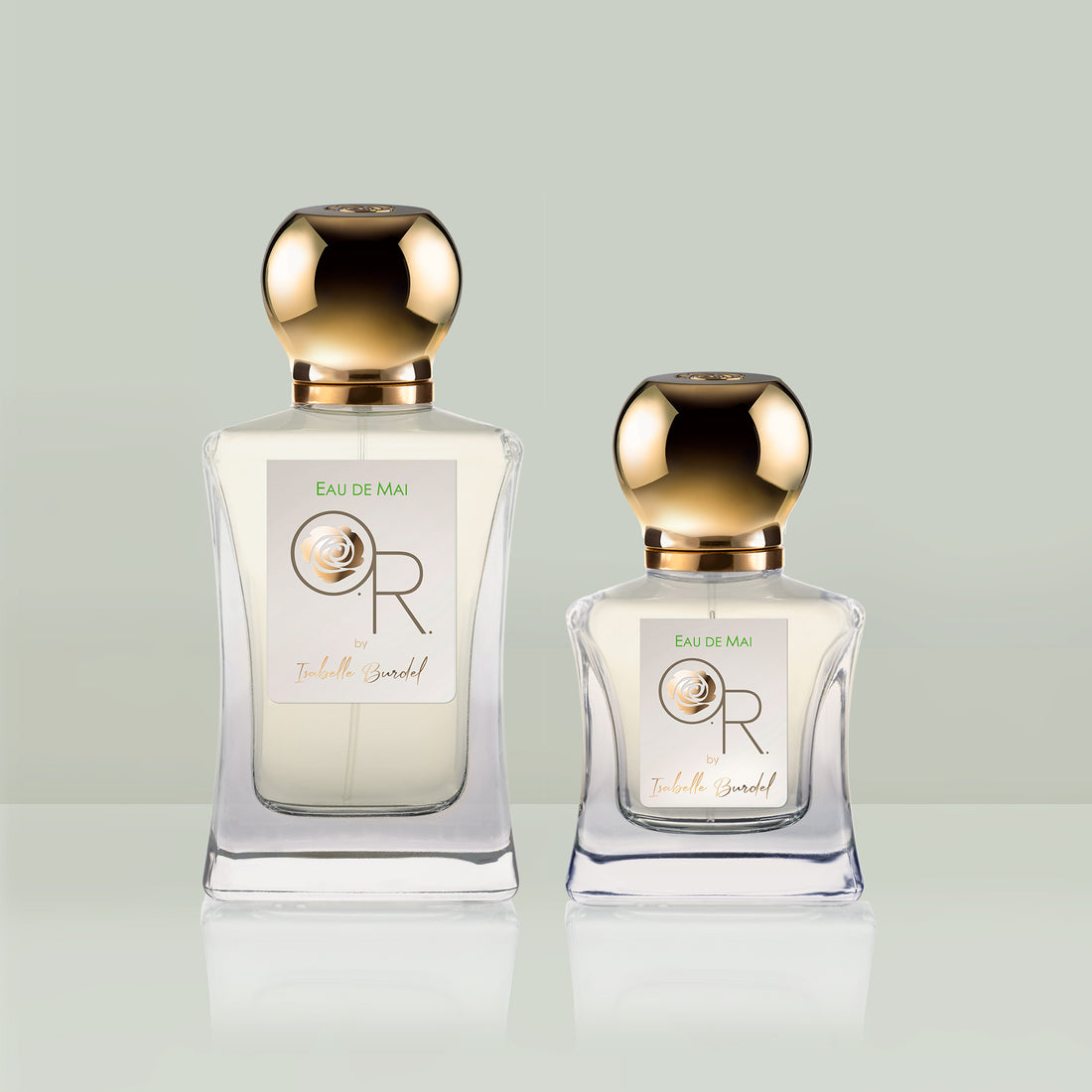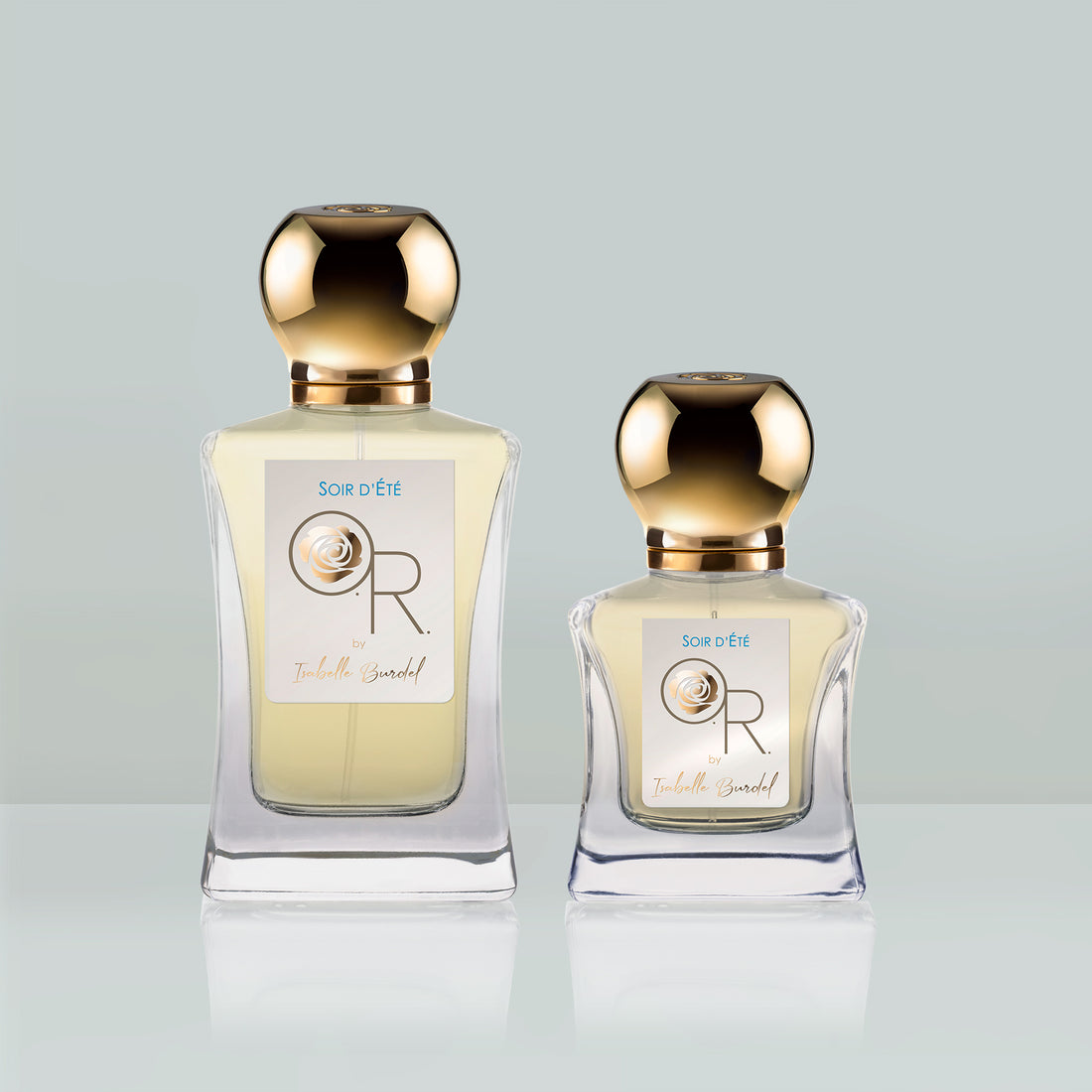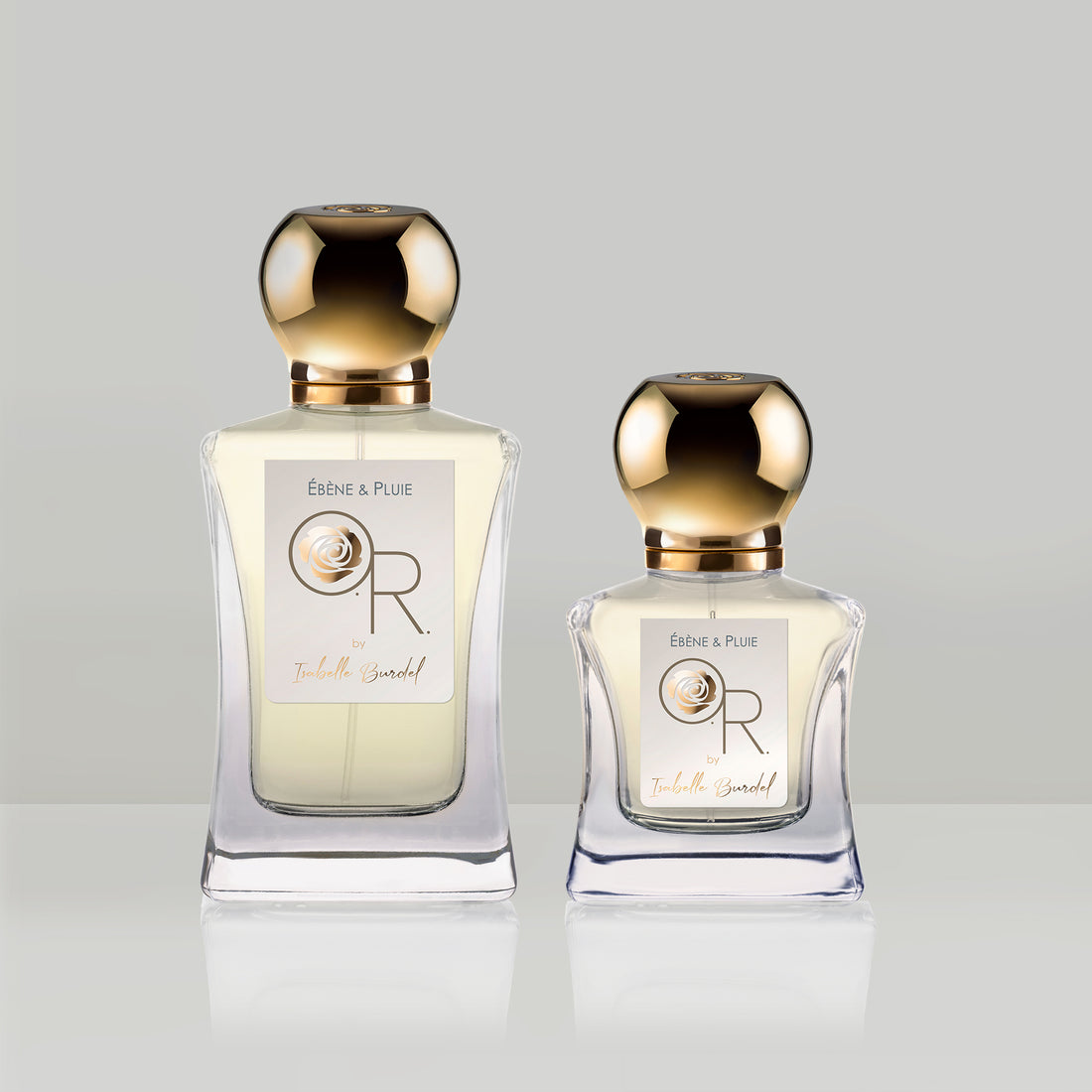While bergamot is most famously associated with Earl Grey tea, it is also cherished for its olfactory qualities. There are numerous perfumes where bergamot imparts its refined freshness. A staple in colognes, this citrus fruit also adds a zesty touch to warmer fragrances. It's no wonder that this sparkling treasure from Calabria, with its subtle bitterness, is known as the "fine flower of the Hesperides."
The fragrance of bergamot: an olfactory portrait
Cultivated in Calabria, Italy, bergamot emits a complex and highly nuanced scent. Elegant and multifaceted, it reveals fruity, green, floral, tart, and bitter tones.
As with any natural ingredient, the scent of bergamot can vary depending on the conditions in which the fruit is grown. To ensure consistent quality, producers blend various types of bergamot, ranging from less ripe to fully mature, creating a blend known as "communelle" sourced from multiple farms and parcels in Reggio di Calabria.
Its primary organic components, linalyl acetate and linalool, give bergamot its fresh and lavender-like note. Linalool is a synthetic molecule isolated from certain plants that naturally contain it, such as bergamot, lavender, coriander seed, rosewood, or neroli.
The evolution of a fragrance is often divided into three phases: top notes, heart notes, and base notes. Top notes, which are short-lived, consist of molecules with low molecular weight. Heart notes, which bloom on the skin for up to three hours, often feature floral, spicy, or fruity elements. Base notes, lingering on the skin until the end of the day, introduce "denser" nuances, typically amber, woody, or musky. Like all citrus scents, bergamot is volatile and falls into the category of top notes.
Bergamot essential oil: a fragrance on its own
Bergamot essential oil is a product of Calabrian craftsmanship. This hybrid of the lemon and bitter orange trees is cultivated for the essential oil derived from its fruit and its “petit grain”. The fruit typically weighs between 80 and 200 grams. Fresh bergamots are stored for 2 to 3 days to warm up and soften the zest. Approximately 200 kilograms of fruit are required to produce 1 kilogram of bergamot essential oil.
Like all citrus fruits, bergamot essential oil is obtained through cold expression of the zest. This technique involves crushing the zest against utensils with metal points. The resulting fragrant liquid is dark green and more candied and rounded than the bergamot scent we know today. Nowadays, essential oil is treated to remove photosensitizing components like bergapten, which causes skin discoloration when exposed to sunlight. These bergaptens are removed from all citrus essential oils today. The resulting "rectified" essential oil takes on a golden or even transparent hue and is less rounded and potent after processing. The scent of this essential oil, whether fresher or more floral, can vary depending on the harvest time of the bergamots.
Bergamot fragrance: known as the fine flower of the hesperides
Fragrances are categorized into seven olfactory families: citrus, aromatic, floral, cyprus, woody, amber, and leather. Like all citrus fruits, bergamot belongs to the citrus family. This family derives its name from Greek mythology. According to legend, nymphs were tasked with guarding the heavenly garden. But a God, Heracles, managed to steal a “golden apple” with the power of immortality. Because it was none other than an orange, this poetic name was given to the citrus fruit.
In addition to bergamot, the citrus family includes orange, lemon, mandarin, grapefruit, “petit grain”, lime, and yuzu. Bergamot's complex and refined character, with slightly floral notes, has earned it the title of the "fine flower of the Hesperides."
Bergamot fragrance : legends and history
While bergamot appeared between the 14th and 15th centuries in southern Italy, its origin remains mysterious to this day. Some believe it is a mutation of a bitter orange tree, while others, and this is the most likely hypothesis, suggest it is the result of a cross between a lemon tree and a bitter orange tree.
It is believed that bergamot was brought to Spain by Christopher Columbus from the Canary Islands. The origin of its name is also uncertain. One legend suggests it comes from the Turkish word "beg-armûdi," meaning "lord's pear," while another claims that bergamot is named after the town of Bergamo, where it was originally cultivated.
Bergamot comes from a tree called Citrus Bergamia. The fruit starts off green before turning yellow. For the past 600 years, it has been cultivated in Calabria, where it is sometimes referred to as "Calabria's green gold." Bergamot also grows in Ivory Coast and South Africa. Harvesting, which begins in November and ends in January, is done by hand due to the fruit's fragility.
Bergamot in fragrances
Because it is a top note, inherently volatile, perfumes dominated by bergamot are somewhat rare. However, it plays an essential role in citrus-rich colognes. This androgynous ingredient lends its elegance to fragrances like Chanel's "Pour Monsieur" (1955), a timeless cologne with chypre undertones, enhanced by verbena. In "Bergamote" by The Different Company (2003), it takes center stage alongside orange blossom in a soft and musky composition. Yet, bergamot is not confined to light scents alone. Its noble and refined freshness allows it to lighten up rich and warm blends,, creating a beautiful contrast. "Pour Un Homme" by Caron (1934) is a prime example, where a significant dose of lavender and bergamot refreshes an otherwise rounded, ambery, and vanilla-rich blend.
Bergamot in Olfactory Revelation perfumes
With 35 years of experience as a perfumer and independent for the past two decades, Isabelle Burdel creates bespoke perfumes for a diverse clientele in her private salon in Cannes, all seeking an exclusive olfactory signature. She translates her clients' emotions into scents to reveal their personality—a skill she now unveils through her brand, Olfactory Revelation.
Among this collection of nine fragrances, bergamot takes the lead in refreshing the floral and woody framework of "Chant de Roses". It lightens up the opening of "Ambre Fleuri," an enveloping and warm blend. It infuses its bitter and elegant notes into the musky, and airy charm of "Blanc Absolu".
If bergamot fragrances pique your interest and you dream of learning more, don't hesitate to order the Olfactory Revelation discovery set! It's the perfect opportunity to experience its bitter and zesty tones on your skin.


